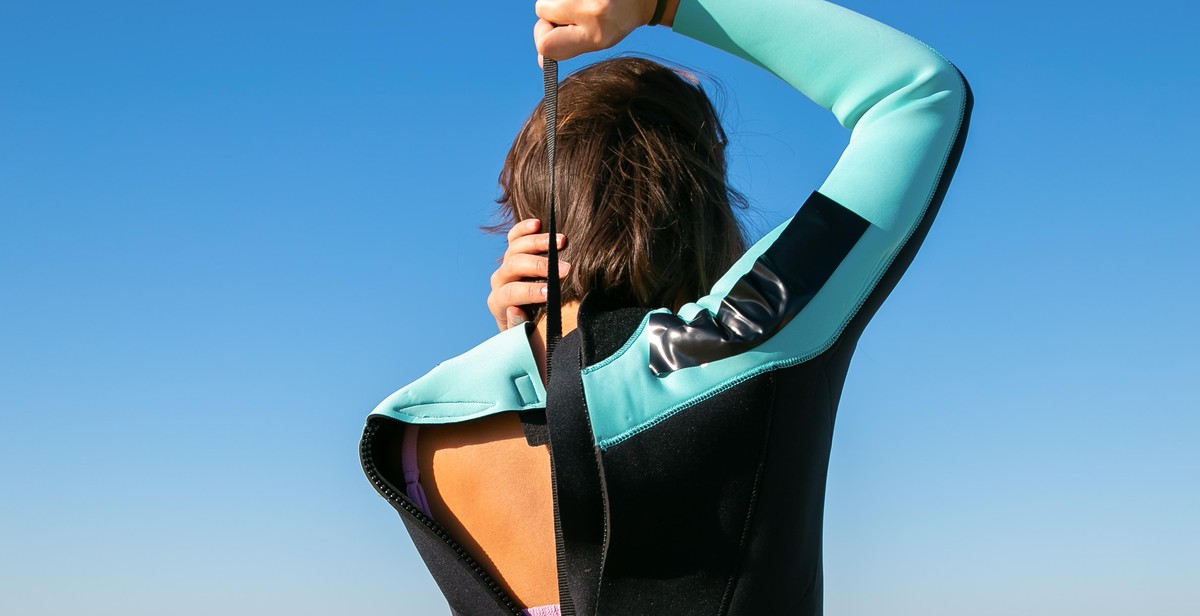How to Perform Correct Pull-Up Technique for Upper Body Strength
Pull-ups are a popular exercise for developing upper body strength and improving overall fitness. However, many people struggle to perform pull-ups correctly, which can lead to ineffective workouts and even injury. In this article, we’ll explore how to perform the correct pull-up technique to maximize your results and minimize your risk of injury.
The Benefits of Pull-Ups
Pull-ups are a compound exercise that work multiple muscle groups in your upper body, including your back, shoulders, and arms. By regularly performing pull-ups, you can develop strength and endurance in these muscles, which can help improve your posture, enhance your athletic performance, and reduce your risk of injury.
The Correct Pull-Up Technique
Performing pull-ups correctly is essential to getting the most out of this exercise. Here are the steps to follow:
- Start by gripping the pull-up bar with your palms facing away from you, and your hands shoulder-width apart.
- Hang from the bar with your arms fully extended and your feet off the ground.
- Engage your back muscles and pull yourself up towards the bar, keeping your elbows close to your body.
- Continue pulling until your chin is above the bar.
- Slowly lower yourself back down to the starting position, maintaining control throughout the movement.
Remember to breathe throughout the exercise, inhaling as you pull yourself up and exhaling as you lower yourself back down. Additionally, it’s important to avoid swinging or using momentum to complete the exercise, as this can reduce its effectiveness and increase your risk of injury.
Conclusion
By following the correct pull-up technique, you can develop strength and endurance in your upper body, improve your overall fitness, and reduce your risk of injury. Remember to start slowly and gradually increase the number of pull-ups you perform as your strength improves. With consistent practice and proper form, you can master this challenging exercise and enjoy the many benefits it has to offer.

The Benefits of Performing Pull-Ups
Pull-ups are one of the most effective exercises for building upper body strength. They target multiple muscle groups, including the back, chest, arms, and shoulders. Here are some of the benefits of incorporating pull-ups into your workout routine:
Increased Upper Body Strength
Pull-ups are a compound exercise, meaning they work multiple muscle groups at the same time. This makes them an efficient way to build upper body strength. By performing pull-ups regularly, you can increase your overall upper body strength and improve your ability to perform other exercises, such as push-ups and bench presses.
Improved Grip Strength
Pull-ups require a strong grip in order to hold onto the bar. By performing pull-ups regularly, you can improve your grip strength, which can translate to other exercises and activities, such as carrying heavy objects or rock climbing.
Increased Core Stability
Pull-ups require you to engage your core muscles in order to maintain proper form and control your movement. By performing pull-ups regularly, you can improve your core stability, which can help improve your posture and reduce your risk of injury.
Overall, pull-ups are a highly effective exercise for building upper body strength, improving grip strength, and increasing core stability. By incorporating pull-ups into your workout routine, you can achieve a stronger, more balanced physique.

Proper Pull-Up Technique
Pull-ups are one of the most effective exercises for building upper body strength, particularly in the back, shoulders, and arms. However, performing a pull-up with proper technique can be challenging. Here’s a step-by-step guide to help you master the correct pull-up technique.
Grip Position
Start by choosing the right grip position. There are three main grip positions to choose from:
- Overhand grip: This is also known as a pronated grip. In this grip, your palms face away from your body.
- Underhand grip: This is also known as a supinated grip. In this grip, your palms face towards your body.
- Neutral grip: In this grip, your palms face each other.
The grip position you choose will depend on your preference and the muscles you want to target. Overhand grip is great for targeting your back muscles, while underhand grip is better for targeting your biceps. Neutral grip is great for targeting your shoulders and forearms.
Starting Position
Stand underneath the pull-up bar and grasp it with your chosen grip position. Your hands should be slightly wider than shoulder-width apart. Hang from the bar with your arms fully extended and your feet off the ground. This is your starting position.
Pulling Yourself Up
Begin the pull-up by engaging your back muscles and pulling your shoulder blades down and back. This will help you initiate the movement with your upper back muscles rather than your arms. Next, pull yourself up towards the bar by bending your elbows and bringing your chest towards the bar. Keep your core engaged and your shoulders down and away from your ears throughout the movement.
Lowering Yourself Down
Once you’ve pulled yourself up to the bar, slowly lower yourself back down to the starting position. Keep your core engaged and your shoulder blades pulled down and back as you lower yourself down. Avoid swinging or using momentum to lower yourself down.
| Common Mistakes to Avoid |
|---|
| Using momentum to swing yourself up to the bar |
| Not engaging your back muscles and relying too much on your arms |
| Allowing your shoulders to shrug up towards your ears |
By following these steps and avoiding common mistakes, you can master the proper pull-up technique and build upper body strength like a pro.

Common Mistakes to Avoid for Pull-Up Exercise
Pull-up exercise is an effective way to build upper body strength. However, many people make common mistakes that can hinder their progress or even lead to injuries. Here are the three mistakes to avoid:
Swinging
Swinging is a common mistake people make when they try to perform a pull-up. It happens when you use momentum to swing your body up to the bar instead of using your muscles to pull yourself up. This not only makes the exercise less effective but also increases the risk of injury to your shoulders and lower back.
To avoid swinging, focus on engaging your back and arm muscles and pulling yourself up slowly and steadily. Keep your body straight and avoid using your legs to kick or swing your body up to the bar.
Partial Reps
Partial reps happen when you don’t complete the full range of motion during a pull-up. This means you don’t lower yourself all the way down or pull yourself all the way up to the bar. Partial reps limit the effectiveness of the exercise and prevent you from building strength in the entire range of motion.
To avoid partial reps, make sure you lower yourself all the way down until your arms are fully extended and then pull yourself all the way up until your chin is above the bar. If you can’t do a full pull-up yet, try using an assisted pull-up machine or resistance bands to help you complete the full range of motion.
Arching Your Back
Arching your back during a pull-up puts unnecessary stress on your lower back and can lead to injuries. It also makes the exercise less effective by taking the focus away from your upper body muscles.
To avoid arching your back, keep your core engaged and your body straight throughout the exercise. Avoid leaning back or arching your back to pull yourself up to the bar. Instead, focus on engaging your back and arm muscles to lift your body up to the bar.
Conclusion
Avoiding these common mistakes will help you perform pull-ups correctly and safely, which will lead to better results and less risk of injury. Remember to focus on engaging your back and arm muscles, completing the full range of motion, and keeping your body straight throughout the exercise.

How to Progress to Your First Pull-Up
Performing a pull-up can be a difficult task for beginners, but with proper training and dedication, it can be achieved. Here are three techniques that can help you progress to your first pull-up:
1. Assisted Pull-Ups
Assisted pull-ups involve using a machine or a resistance band to help you perform the exercise. This technique allows you to focus on the correct form and build strength gradually.
- Start by choosing a resistance band that can support your weight.
- Grab the bar with an overhand grip and pull yourself up until your chin is above the bar.
- Lower yourself slowly and repeat for several repetitions.
2. Negative Pull-Ups
Negative pull-ups involve lowering yourself slowly from the top position of the pull-up. This technique helps you build strength in the eccentric phase of the exercise.
- Start by jumping or using a box to get yourself into the top position of the pull-up.
- Lower yourself slowly, taking at least 5 seconds to reach the bottom.
- Repeat for several repetitions.
3. Band-Assisted Pull-Ups
Band-assisted pull-ups involve using a resistance band to help you perform the exercise. This technique is similar to assisted pull-ups, but the band provides less support.
- Wrap the band around the pull-up bar and put your foot or knee into the loop.
- Grab the bar with an overhand grip and pull yourself up until your chin is above the bar.
- Lower yourself slowly and repeat for several repetitions.
Remember to be patient and consistent with your training. With time and persistence, you will be able to perform a pull-up with proper form and technique.
